Great Dane and Scottish Deerhound are often categorized as the biggest dog in the world today.
It is difficult to specify one dog as the biggest. There are lots of categories to consider like size, height, weight, and more. This post will help you to find the biggest dog that will suit you. Also, we will try to guide you on how to maintain the bigger dogs. This is the most crucial part. That part will help you to understand if a big dog suits you or not. Keep reading to explore your best pet.
Table of Contents
Understanding The Criteria for ‘Biggest’ Dog
Breed standards are used to categorize the largest dogs based on their size, weight, and height. Examples of these dogs include the French Mastiff, Scottish Deerhound, and Great Pyrenees. Male mastiffs like the Cane Corso, Aicama Zorba, and Caucasian Shepherd Dogs are also known for their immense stature. They are also termed as ‘dogs of full figure’. Understanding these criteria is important in recognizing the size of these dogs.
Size Vs. Weight Vs. Height
To determine the biggest dog, factors like size, weight, and height are important. Each factor is considered independently to classify a dog as the biggest. Breeds like the Great Pyrenees and Cane Corso are known for their impressive stature. Knowing the distinctions between size, weight, and height is important in taking care of them.
The Role of Breed Standards
Breed standards are the basis of categorizing the big dogs. Adherence to these standards ensures consistency across different breeds, like the Caucasian Shepherd Dog, French Mastiff, and Great Pyrenees. The American Kennel Club and other organizations use breed standards. These standards also help in selective breeding of dogs.
Top 10 Biggest Dog Breeds
The largest dog breeds, like the Great Dane and Scottish Deerhound, are known for their imposing stature, strength, and protectiveness. These breeds have diverse characteristics and historical significance. From the majestic Great Pyrenees to the noble Cane Corso, each breed has unique qualities. Recognized by the American Kennel Club, these male mastiffs and the Aicama Zorba, the royal dog of Scotland, play a significant role in dog sports.
English Mastiff
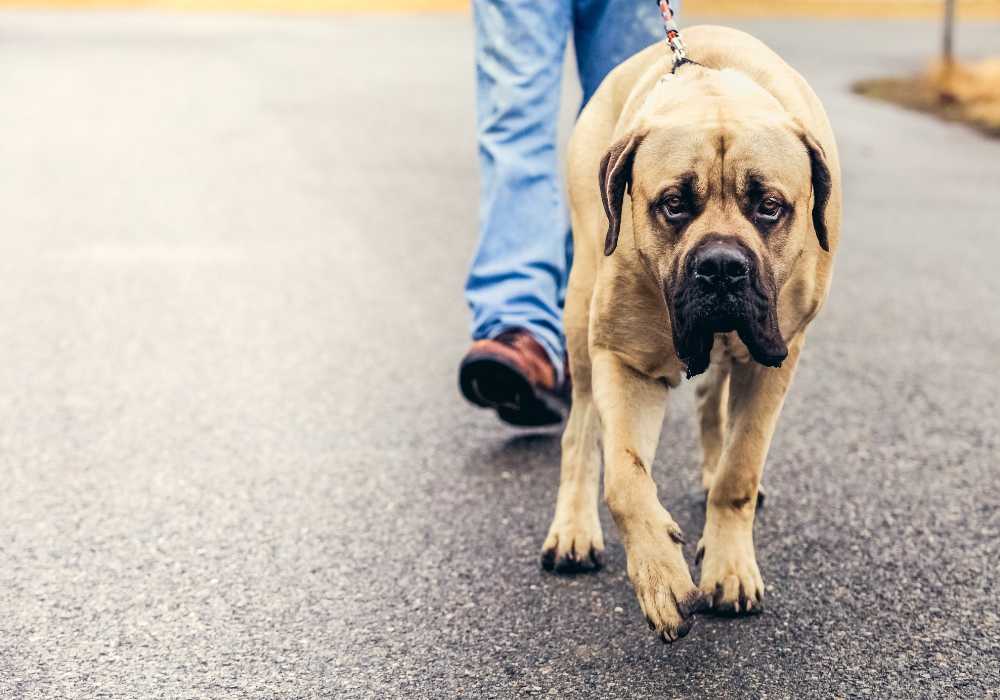
Saint Bernard
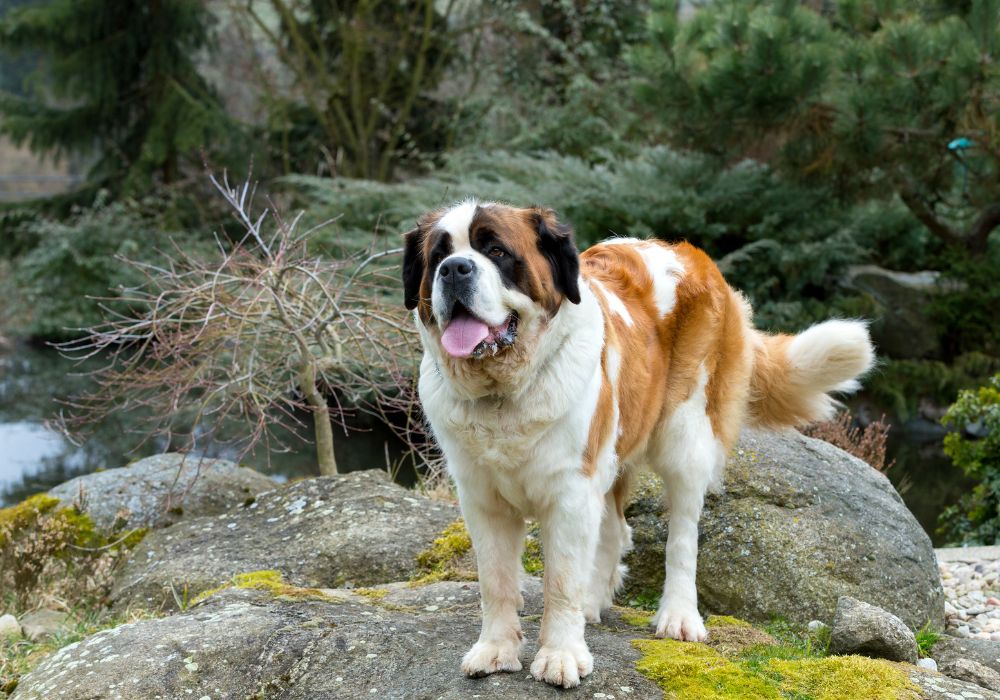
Neapolitan Mastiff
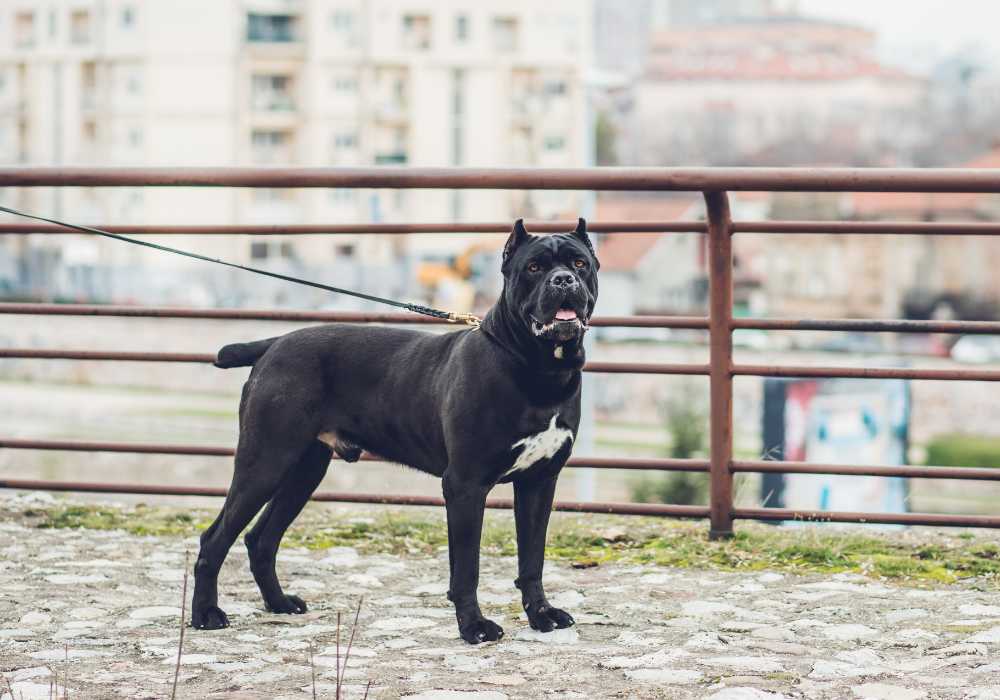
Irish Wolfhound
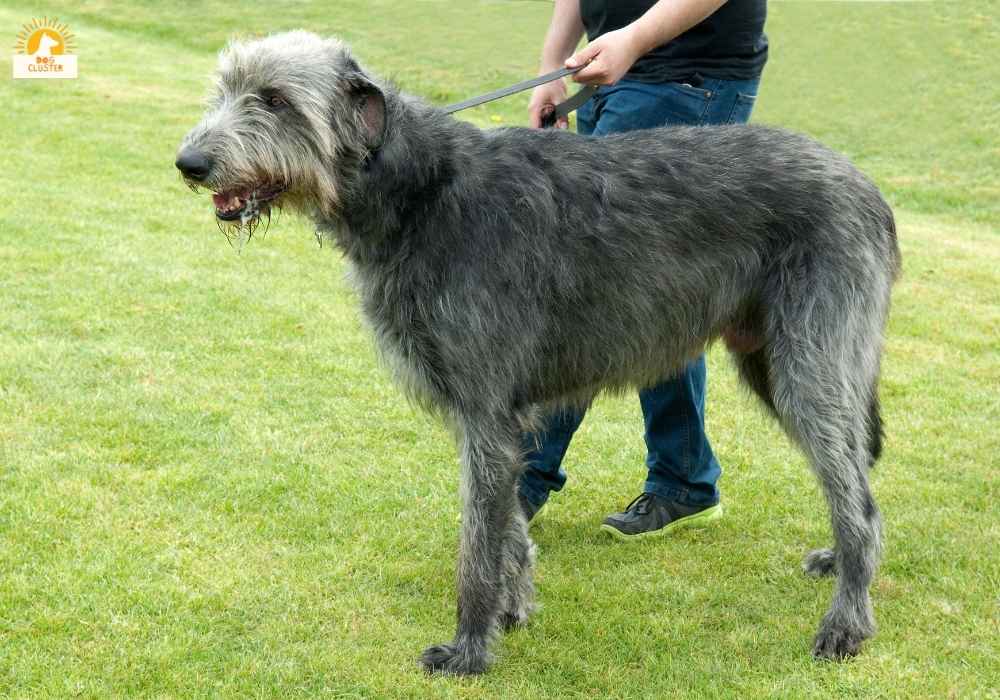
Newfoundland
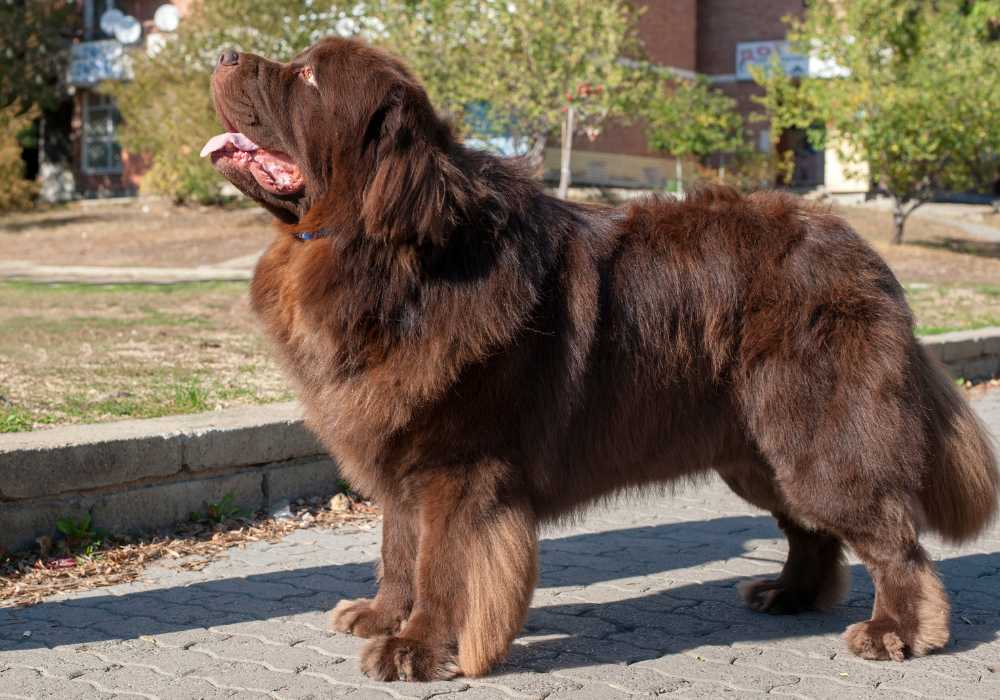
Dogue de Bordeaux
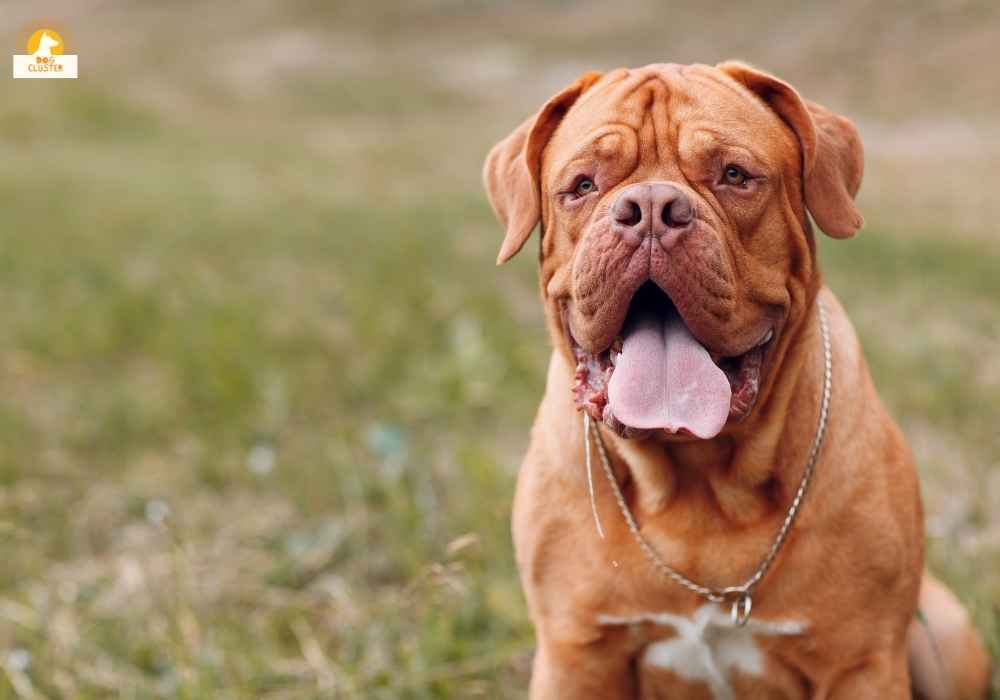
Leonberger
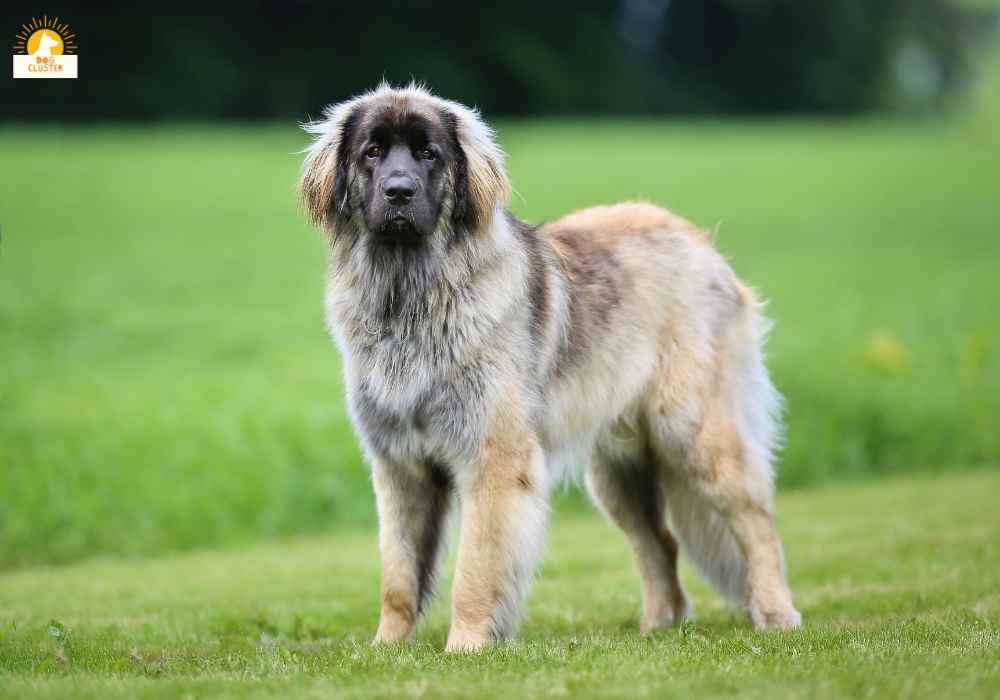
Anatolian Shepherd
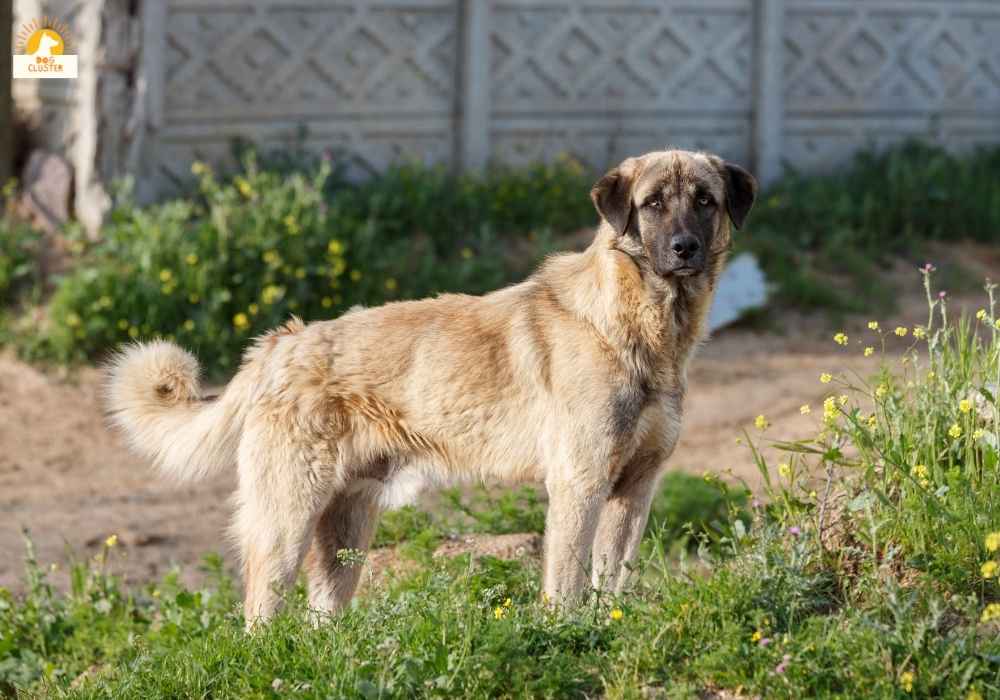
Tibetan Mastiff
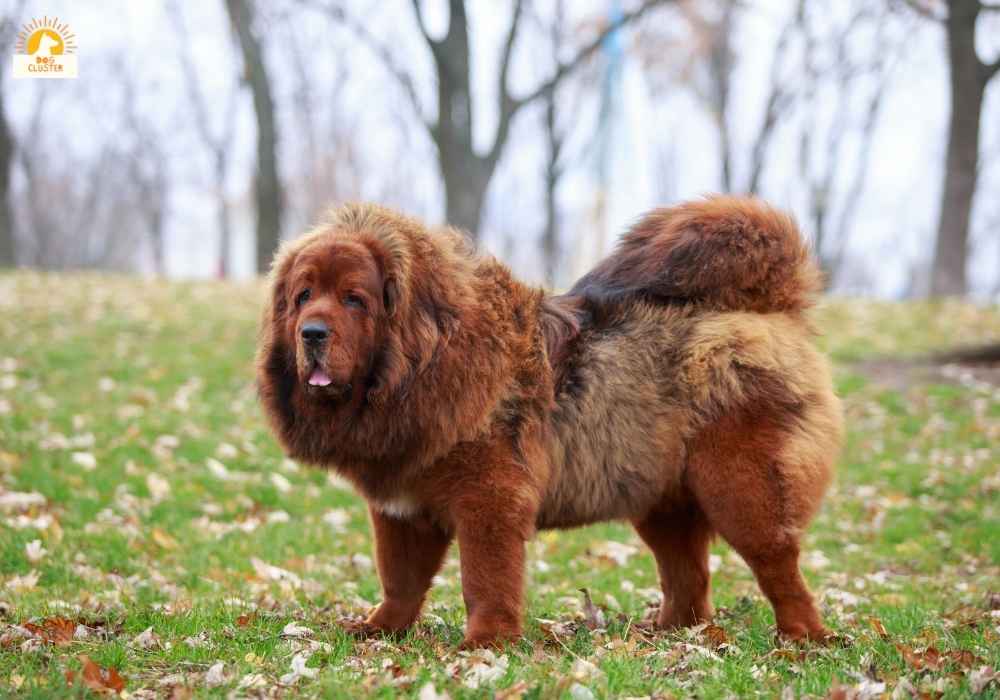
Great Dane
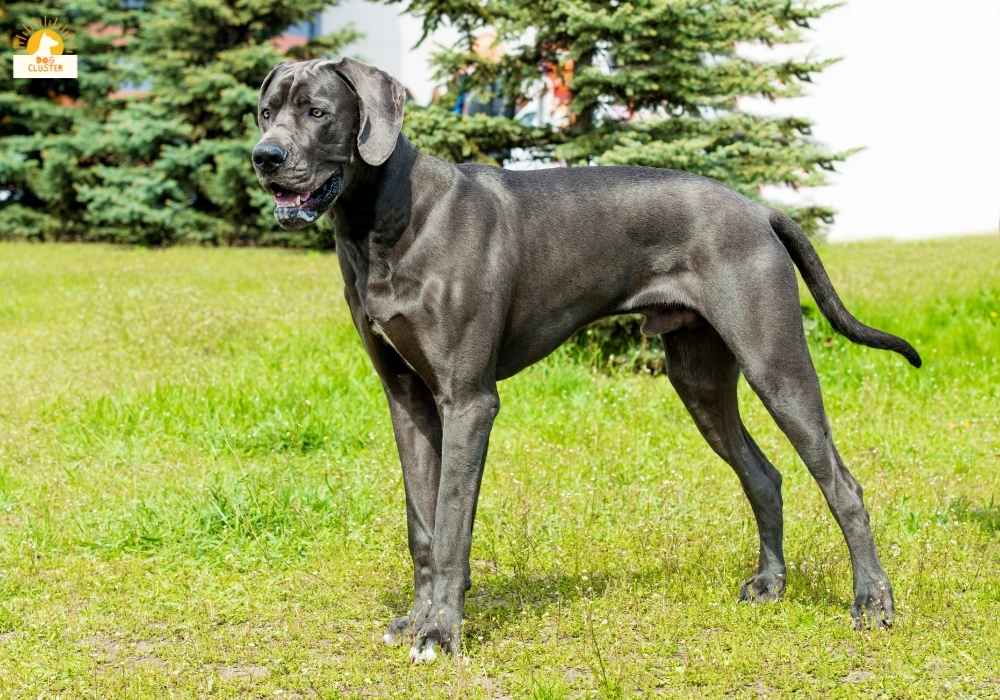
Characteristics of These Big Breeds
Big dog breeds like the Great Dane and Tibetan Mastiff make excellent family companions. They require exercise and early socialization. Similarly, the Tibetan Mastiff is loyal and protective, with a sturdy build and massive size. It has a history of guarding livestock in South Africa’s mountainous regions.
Temperament and Behavior
Big dog breeds like the Leonberger are known for their gentle temperament, making them ideal for families. Despite their size, these breeds are calm and gentle, especially when socialized from an early age. They are also protective and excel as guard dogs. Many big dog breeds thrive in family settings due to their ability to form strong bonds with humans.
Health and Lifespan
The health and lifespan of big dog breeds like the Anatolian Shepherd depend on factors like exercise, care, and regular vet check-ups. Owners should prioritize proper care, exercise, balanced diet, and be aware of potential health issues to promote longevity in these powerful dogs.
Care and Maintenance
Taking care of large dog breeds involves regular grooming and exercise. Dogs with silky coats, like the Scottish Deerhound, require brushing. Providing space and daily exercise is essential for these powerful dogs. In cold climates, extra care is needed for breeds like the Tibetan Mastiff. Consider pet insurance for comprehensive care and maintenance of your large canine companions.
List of Big Dogs That Didn’t Make the Top 10
Some other dogs like Central Asian Shepherd didn’t make the top 10. But these are also considered big dogs in today’s world. Take a look.
Central Asian Shepherd Dog

Greater Swiss Mountain Dog
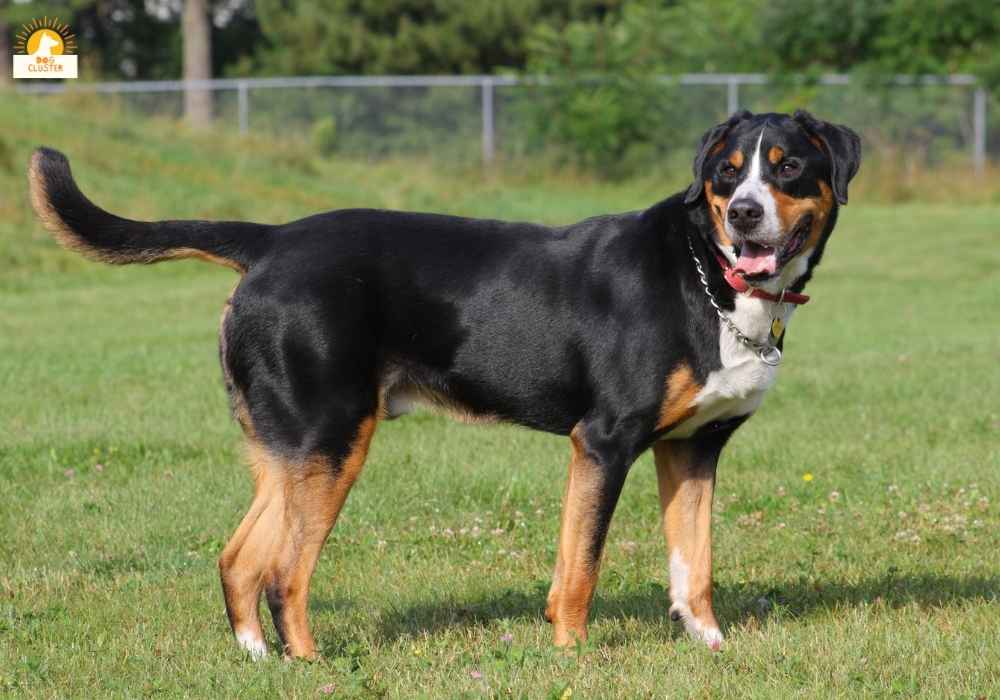
Komondor
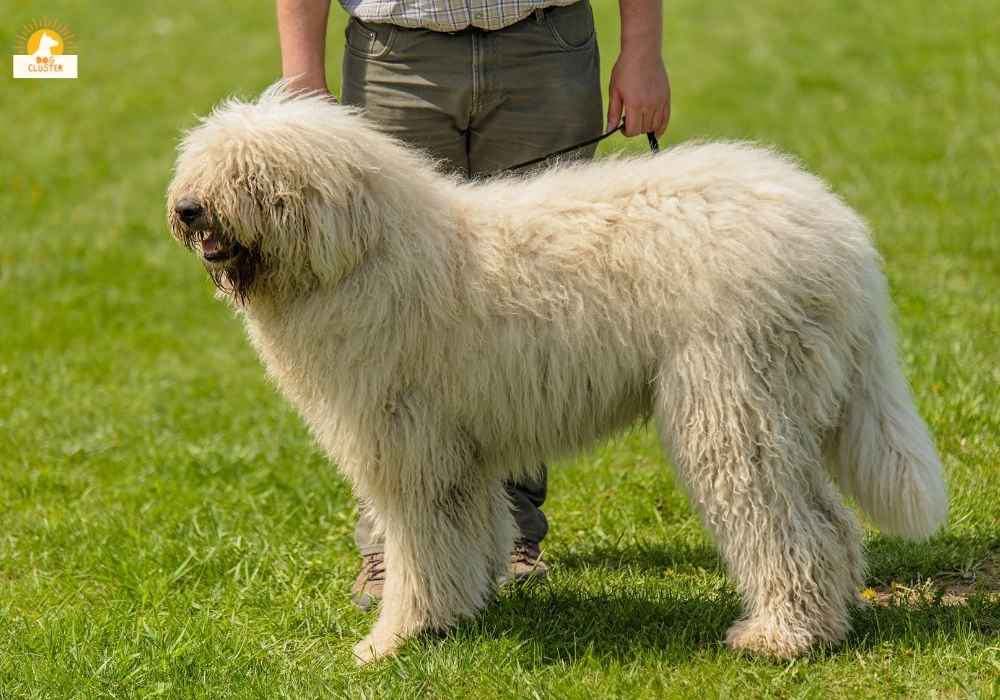
Bernese Mountain Dog
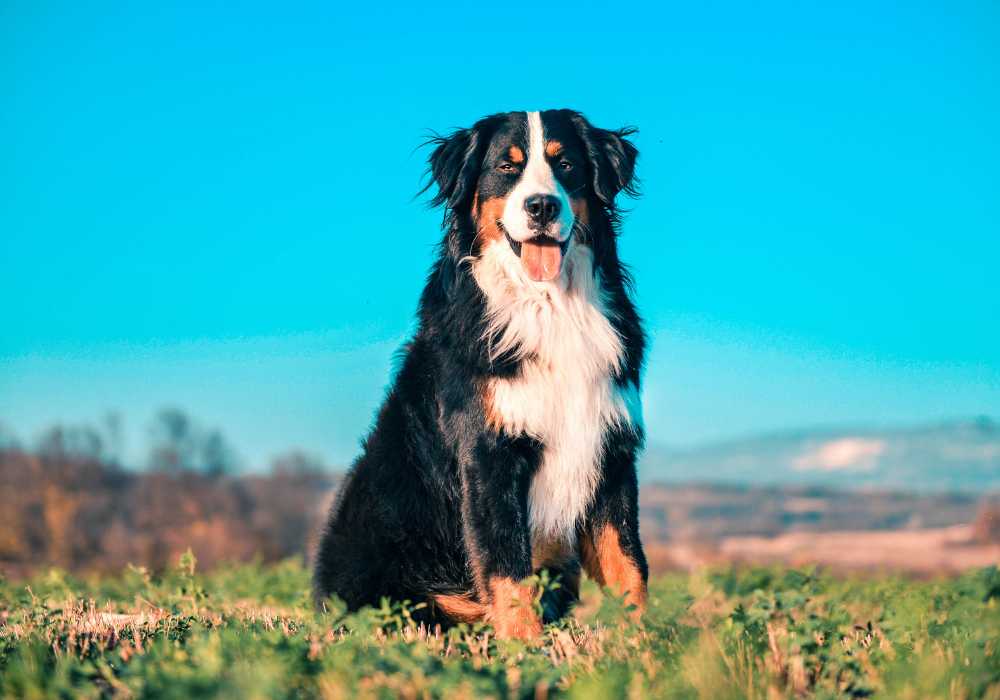
The Role of Genetics in a Dog’s Size
Genetics plays a significant role in determining a dog’s size. Selective breeding has resulted in the creation of large dog breeds. Understanding a breed’s genetic predisposition is crucial for meeting their needs effectively. It also plays a vital role in determining their suitability for different roles, such as working or companionship.
The Impact of Selective Breeding
Nature Vs. Nurture in Dog Size
A dog’s growth and size are influenced by genetics and environmental factors. Nutrition, exercise, and socialization play a crucial role. The nature versus nurture debate in dog size highlights the interplay between genetics and environment. While genetics determine potential size, the environment significantly impacts growth. Factors like diet and exercise can profoundly affect a dog’s size and development.
Living with a Giant: Considerations for Owners
To meet the needs of giant dog breeds, it’s important to accommodate their space and exercise requirements. They have different dietary needs and require specialized nutrition. Training and socializing them can be challenging due to their size and protective instincts. Ensuring they have enough space, exercise, and mental stimulation is a must.
Space and Exercise Needs
Giant dog breeds need a spacious living environment and regular exercise to thrive. Daily walks and physical activity are crucial. Owners must create an environment that supports their exercise needs. Ample exercise and play opportunities are vital for the physical health and happiness of these powerful dogs.
Dietary Requirements
Giant dog breeds like the Great Pyrenees and Scottish Deerhound require a well-rounded, nutrient-dense diet for optimal health. Proper nutrition, including high-quality food, is crucial. Owners of male mastiffs and Cane Corso should pay attention to ensuring the right caloric intake. Specialized nutrition tailored to giant dog breeds like the Caucasian Shepherd and Aicama Zorba is vital. Also large dogs need more calcium and phosphorus based diet for bone development. Omega-3 plays an important role in skin health.
Training and Socialization Challenges
Training and socializing giant dog breeds can be challenging due to their size and protective instincts. Early socialization is crucial for positive behavior. A firm, consistent approach is necessary to train and manage their protective nature. Proper socialization is key to handling the instincts of giant dog breeds.
Are Bigger Dogs Always Better?
Unfortunately, bigger dogs are not always the best choice. While larger dogs may require more space, exercise, and grooming, their size doesn’t solely dictate their suitability as pets. Big dogs can be gentle, affectionate, and great family companions. On the other hand, the responsibility of owning a large dog should not be underestimated. Matching a dog’s size to the owner’s lifestyle and living situation is needed.
Can a Dog’s Size Predict Its Personality?
A dog’s personality is shaped by genetics, socialization, and training, not just its size. Regardless of size, dogs can have a wide range of personality traits. Large dogs can be gentle while smaller dogs can be protective. Breed, upbringing, and environment play a significant role in a dog’s behavior. Size does not determine a dog’s ability to be a loving companion or a guard dog.
Frequently Asked Questions
Which is the tallest dog breed?
The tallest dog breed is the Great Dane, with males reaching a height of 30-32 inches at the shoulder and females standing at 28-30 inches. Other large breeds like the Irish Wolfhound, English Mastiff, and Saint Bernard are also noteworthy for their size.
What dog has the largest head?
The English Mastiff is known for having the largest head among dog breeds. With an average circumference of around 27 inches for males, their heads are truly impressive. Other breeds with big heads include the Neapolitan Mastiff, Bullmastiff, and Great Dane.
What’s a big dog that doesn’t shed?
A big dog breed that is known for minimal shedding is the Standard Poodle. Other large breeds that tend to be low shedding include the Irish Water Spaniel and the Giant Schnauzer. Regular grooming and brushing can help minimize shedding in any breed. Consider adopting a mixed-breed dog from a rescue, as they may have characteristics of non-shedding breeds.
Can big dogs be good pets for families with children?
Big dogs can make excellent pets for families with children when properly trained and socialized. Choosing a breed known for being good with kids, like Golden Retrievers or Labrador Retrievers, is important. Supervision of interactions between children and big dogs is necessary for safety.
Conclusion
The size of a dog is determined by factors such as weight, height, and breed standards. Genetics plays a significant role in a dog’s size due to selective breeding. Living with a giant dog requires considerations like space, exercise, and dietary requirements. Training and socialization challenges may arise. It’s important to remember that a dog’s size doesn’t predict its personality. Each dog is unique and should be treated with love and care, regardless of size.
Share with me if you have any stories and thoughts. I would love to read your feedback. Stay with the dog cluster and gather knowledge about dogs.

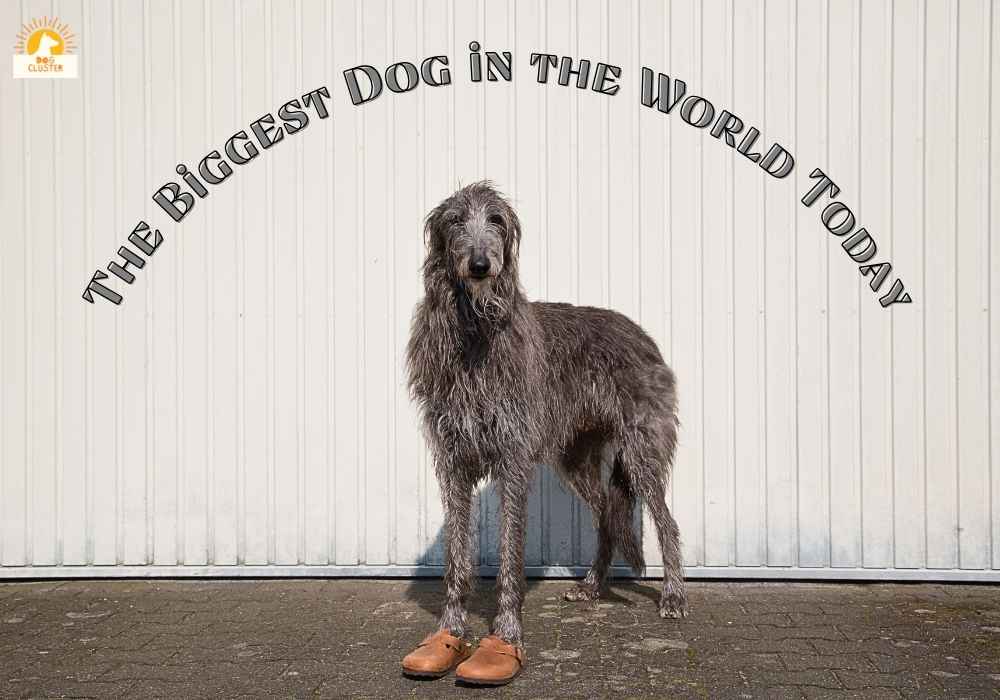
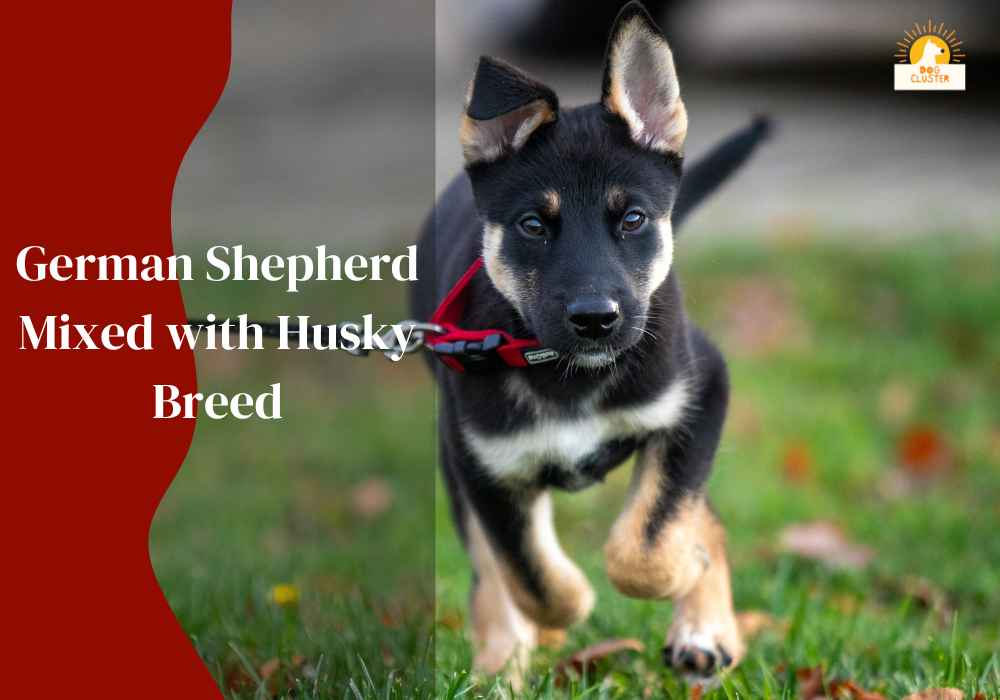
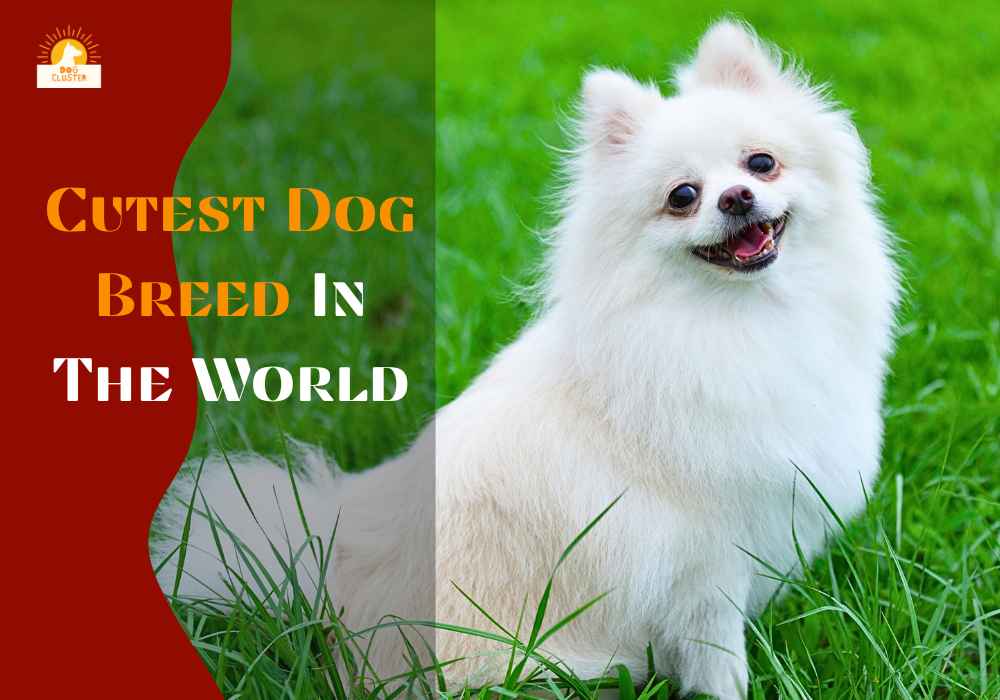
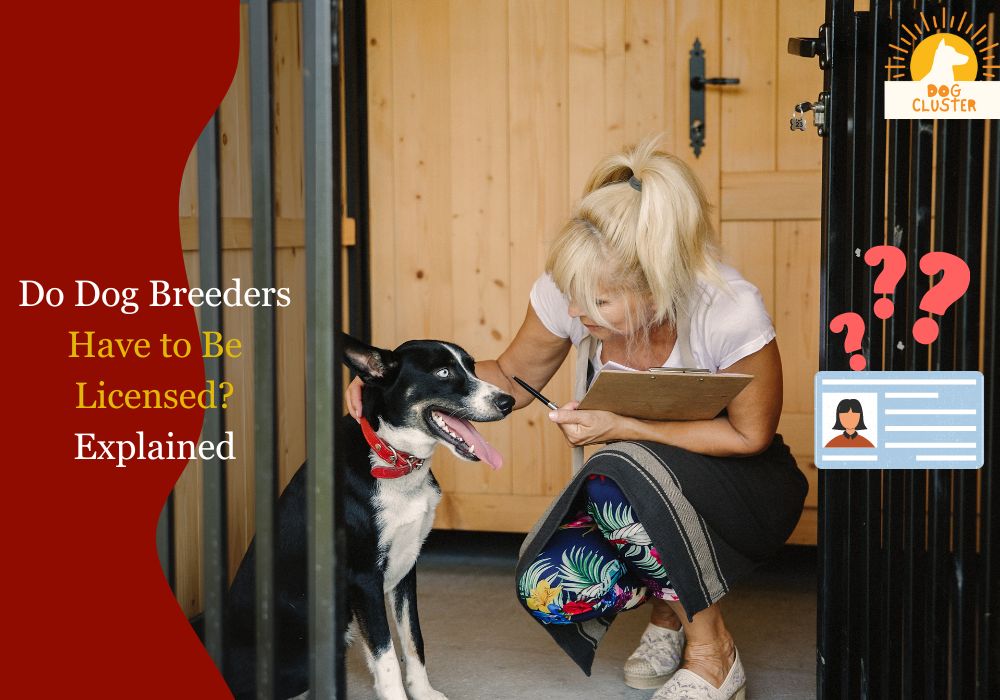
Leave a Reply